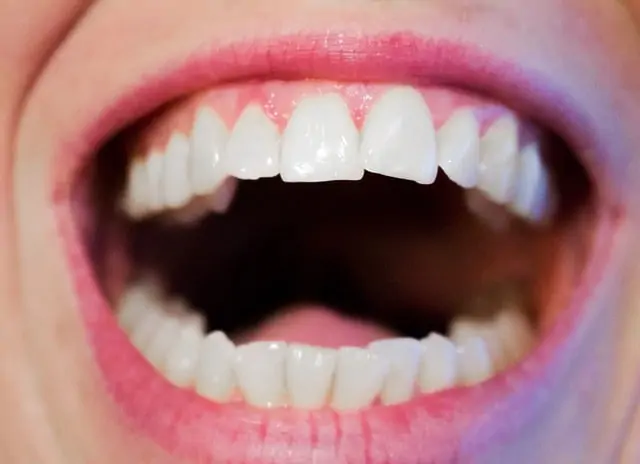Statistics show that dentists will see as many as 42% of children ages 2 to 11 years old suffering from preventable dental cavities on their primary teeth. According to the U.S. Dept. of Health and Human Services, cavities are recognized as a prevalent chronic disease among children across the United States.
By definition, a cavity is formed when decaying, or the softening of enamel, occurs over time thus leaving a hole in the tooth. Your teeth were made with a hard, protective layer called enamel. Enamel can become weakened by the acids produced by bacteria in our mouths. Once the enamel deteriorates, a cavity is left in its place. In some cases, cavities may not cause pain; however, an untreated cavity may expose nerves thus causing pain or become infected causing a tooth abscess. So, it’s important to practice thorough and effective oral hygiene to prevent tooth decay and dental cavities – especially in kids. If they learn to take good care of their primary teeth, they’ll be well on their way to establishing a healthy lifetime routine.
Creating and maintaining a healthy oral hygiene routine can make a big difference. In addition to enforcing beneficial oral hygiene habits, it’s important to monitor your child’s diet and the amount of sugar and acid in the foods they consume.
Did you know that our mouths naturally produce bacteria? The bacteria feed on the sweet and sugary foods we eat turning it into acidic waste. This can lead to bacterial plaque and the possibility of cavities in the molars of baby teeth and other primary teeth if not maintained with good brushing etiquette. The buildup of bacterial plaque in your child’s mouth serves as the primary cause of 90% of all dental diseases due to the secretion of acidic waste products that further the process of tooth decay. Making sure to brush and floss can make extreme differences in your child’s oral health.
Since cavities are formed by the softening of the protective enamel layer, it’s always helpful to fully understand target areas where cavities are typically found. When preparing to brush away that pesky plaque, make sure to focus in the grooves on the chewing surface of your teeth. This area is extremely susceptible to cavities as it breaks down food and is exposed to the tiny morsels that can get caught in the fissures along the teeth. Another area that will need a little extra attention while brushing is the little area of tooth just above the gum line because plaque has easier access to the root of the tooth causing a cavity. In addition to brushing, daily flossing is critical to healthy teeth. Food tends to get trapped in the spaces between the teeth, and, if not removed, can build up and produce plaque that will deteriorate the enamel.
We know that you’re interested in the best kid dentistry for your children. If you’re looking for a pediatric dentist in NC, a Raleigh pediatric dentist or a Wake Forest dentist, contact Triangle Pediatric Dentistry today.
